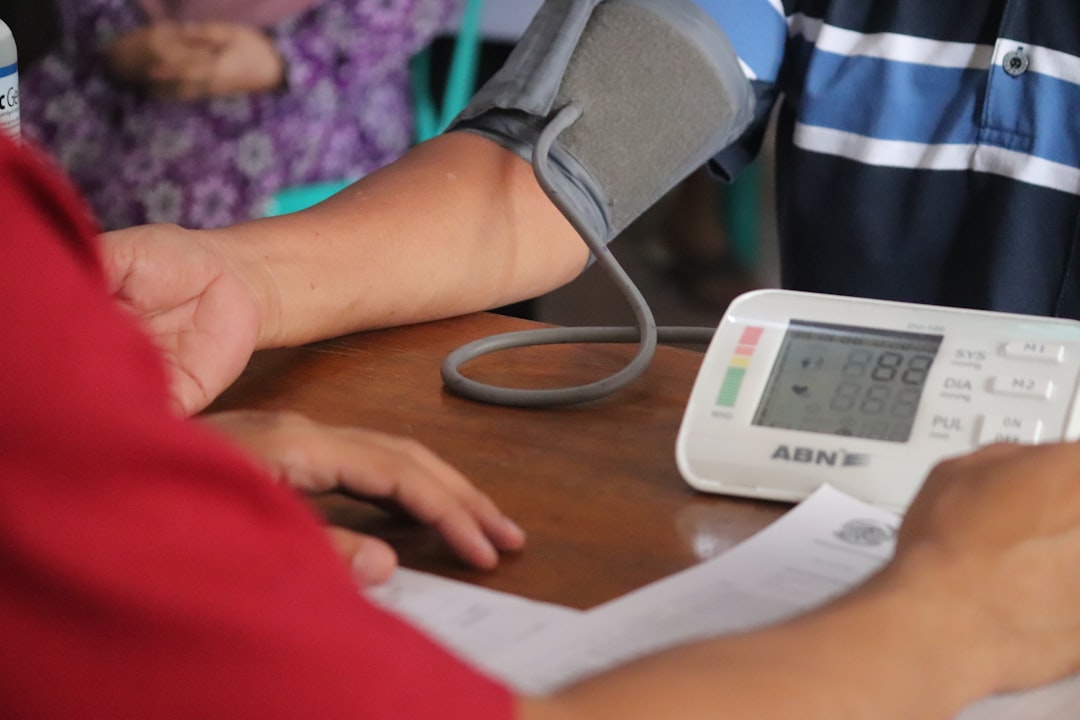What is it about?
I recruited three group of participants. The first one was diagnosed with Alzheimer's disease, the second with vascular dementia and the last group were controls (healthy participants). The patients that were recruited had different levels of disease severity. They were all tested in the ishihara test color blindness test (consisting of 38 pseudoisochromatic plates). The two group of patients performed worse than the healthy group. Then, I compared the performance between the Vascular and the Alzheimer's patients. The ones who did more than 6 mistakes were more likely to be Alzheimer patients.
Featured Image
Why is it important?
It is important because we found a simple, quick, cheap way that could discriminate the two diseases.
Perspectives
The method has potential, it is simple and quick . There are limitations such as: global prevalence of color blindness or exclusion of participants that had occipital lobe lesions. In addition patients that had known vision impairment were excluded.
Dr Nikitas Arnaoutoglou
University of Oxford
Ishihara Color Vision Test - 38 Plate is a promising method as an easy and quick test for the differential diagnosis between AD and VaD. Further studies are required to confirm and extend our findings and determine the reliability and clinical usefulness of our method in other samples.
Professor Stavros J Baloyannis or Balogiannis or Balojannis or Baloyiannis or Mpalogiannis
Aristotle University of Thessaloniki
Read the Original
This page is a summary of: Color perception differentiates Alzheimer's Disease (AD) from Vascular Dementia (VaD) patients, International Psychogeriatrics, March 2017, Cambridge University Press,
DOI: 10.1017/s1041610217000096.
You can read the full text:
Contributors
The following have contributed to this page










